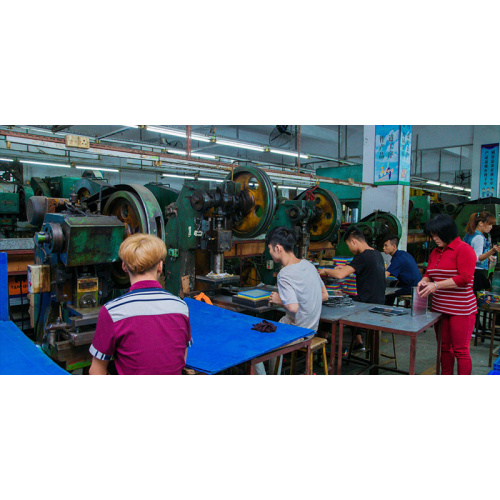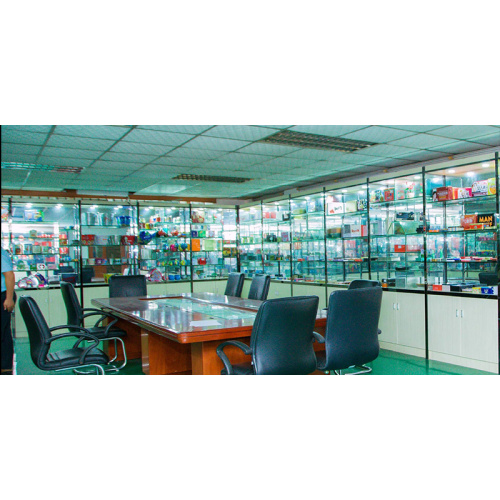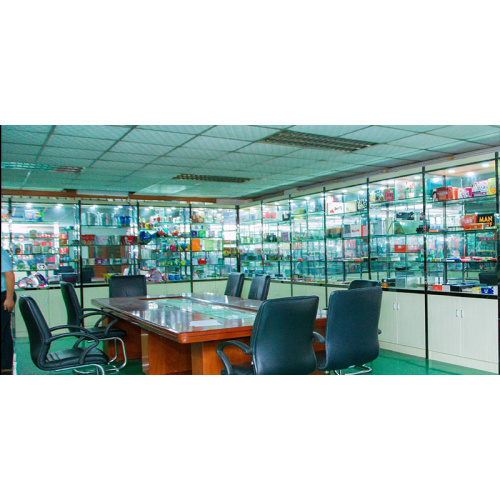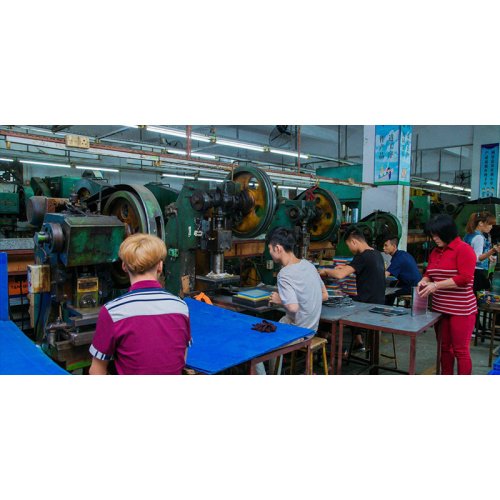Usually, people always associate plastic Packaging with "white pollution", and consider packaging products made of easily degradable materials as green packaging, without considering whether the production process of packaging products will cause environmental pollution and waste of resources, and packaging products. Can it be reused after use? For example, some people regard paper packaging as a green packaging and plastic packaging as an alternative to green packaging. So, what exactly is green packaging?
Other packaging materials cannot be replaced
At the Green Rubber Industry Forum recently held, experts at the conference clarified that the packaging that is conducive to sustainable development is green packaging. It is based on the three scales of safety, hygiene, environmental friendliness, and resource conservation. It is environmental protection based on the analysis of the entire life cycle. It is green packaging. Therefore, if paper packaging is seriously contaminated in the papermaking process or recycled improperly, it will not meet the requirements of green packaging. If plastic packaging is reduced, recycled, and reused, it is green packaging.
Studies have shown that plastic materials can be used in large quantities because of their lighter weight and lower carbon footprint compared to glass and metals. From the perspective of comprehensive performance, plastics also have the advantage that other packaging materials cannot be replaced. High-density polyethylene is much less polluting than the full-life cycle of non-bleached kraft paper shopping bags. If banned in the packaging field, will cause greater packaging pollution.
Life cycle design first
In addition to the materials used for the packaging, it is also necessary to consider whether it is green from the user and the use environment. If there are few direct packaging materials, there may be more packaging used during transportation. Under the premise of satisfying the packaging function, following the principle of economic activity behavior of circular economy reduction, reuse, and resource recycling to minimize the amount of garbage generated during the entire life cycle is the starting point of green design. On the one hand, product design can achieve the effect of lighter packaging and reduce the use of raw materials; on the other hand, plastic raw materials that are conducive to recycling can be used to reduce the production of permanent solid waste. In terms of packaging design and development, a global vision is essential to the development of a successful product.
The recently launched Coca-Cola "ice dew" beverage bottle is the representative of green design. The "ice dew" lightweight bottle only weighs 9.8 grams, which is more than 35% lighter than the original bottle and a corresponding 35% reduction in carbon emissions. The average plastic canned beverage bottle is about 16 grams. And its bottle wall thickness is only 0.1 mm, can be easily twisted into strips, saving more than 70% of the recycling space. The reason why this product can achieve nearly 40% weight loss than ordinary plastic bottles, but the physical properties such as load-bearing did not reduce, and its technical design is inseparable. The new bottle cap adopts a narrow mouth design. The smaller diameter and height reduce the amount of polyethylene used in the bottle cap by 50%, but the sealing performance does not deteriorate. The bottle wall uses a different rib structure, although the thickness is only 0.1 mm. However, it is enough to ensure that the bottle containing the beverage will not be deformed; the appearance of the bottom of the bottle is more than double that of the normal bottle, thus achieving the compression resistance of the thin bottom.
Recycling is also an important factor affecting the “image” of plastic packaging. Therefore, the easier recycling of packaging materials is also the focus of plastic packaging design. According to the production company, packaging design using the same material or easy-to-separate materials, materials that are easy to recycle, can increase the recycling rate of plastic packaging materials. Bimodal high-density polyethylene, metallocene polyolefins, water-resistant polyvinyl alcohol coated films with excellent barrier properties, and other packaging materials can reduce film thickness on the premise of loss of existing properties. Such a lightweight, single-material packaging material is a good choice. For example, heat-sealable stretched film and varnish can significantly reduce the amount of materials, and has been used in a large number of applications for cold drink packaging; high-strength metallocene polyolefins can reduce the thickness of the packaging film; co-extrusion compound technology can accurately control the layers The film thickness, so the barrier layer thickness of the high price can be controlled to be very thin, at the same time its freshness preservation performance can be doubled or even several tens of times increase.
Short-life packaging is preferred for fully degradable plastics
According to Professor Guo Baohua of Tsinghua University, bioplastics can not completely replace ordinary plastics, but for disposable products or products with a short life cycle and difficult to recycle, such as plastic film or household packaging, biodegradable material is a preferred material.
Polylactic acid, the first industrialized fully degradable plastic material, has been widely used in packaging and other fields. Large retailers headed by retail giant Wal-Mart began promoting poly-lactic acid transparent rigid packaging boxes and bags several years ago, and more and more retailers have joined the ranks.
The application of fully degradable plastics in the field of packaging bottles has also made breakthrough progress recently. Coca-Cola launched a new 100% recyclable plastic bottle. The company will test this plastic bottle for bottled water packaging at the end of the year. In March of this year, the United States Green Planet Water Bottle Co., Ltd. launched a 100% bioplastic beverage bottle, which is no longer a mixture of biodegradable plastic/normal plastic bottles. The World Expo held in Shanghai and the Beijing Olympic Games also use disposable disposable tableware made of polylactic acid.
It is understood that the weight of 14 grams of ordinary polyethylene packaging material if the modified polylactic acid material to replace, the quality of only 1.5 grams. After polylactic acid reaches the 10,000-ton industrial production, the price will be close to the traditional polyethylene film. Green plastic packaging will be closer to us by then.










